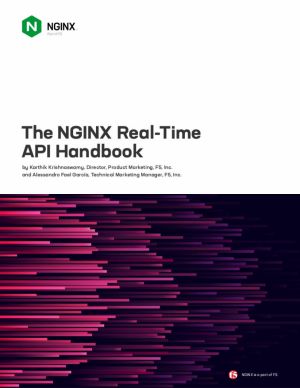
Discover how to deliver reliable, high-performance APIs with our NGINX Real-Time API Handbook. Compiled by leading experts on real-time API management, this handbook is a comprehensive guide to reducing latency in your applications and APIs without making any compromises. Learn why now, more than ever, your APIs need to perform in real time to meet...
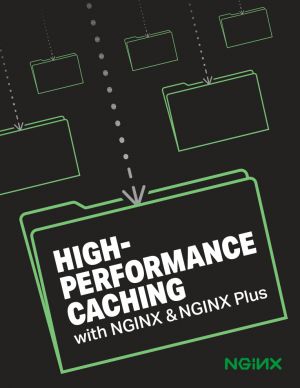
You can cache static assets - more than half the payload needed to respond to many web requests - and even application‑generated web pages (whether partial or complete). And you can use cache clusters and microcaching to increase the caching capability of your web applications while simplifying implementation and reducing operational complexity.
...
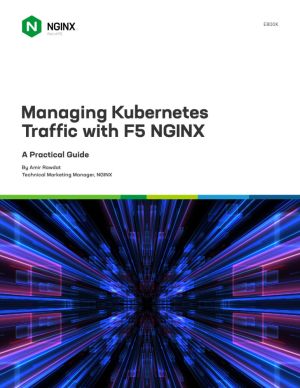
Microservices architectures introduce several benefits to the application development and delivery process. Microservices-based apps are easier to build, test, maintain, and scale. They also reduce downtime through better fault isolation.
While container-based microservices apps have profoundly changed the way DevOps teams deploy applications, t...
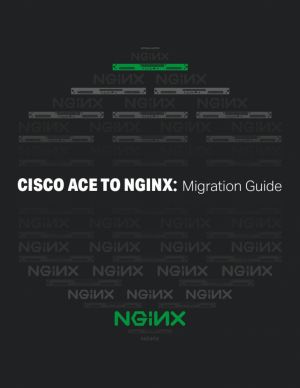
This ebook provides step-by-step instructions on replacing Cisco ACE with Nginx and off-the-shelf servers. Nginx helps you cut costs and modernize.
Cisco entered the hardware load balancer market with an add-on "Application Control Engine" (ACE) module for its Catalyst 6500-series switches, the Cisco ACE30. Soon after they released the...
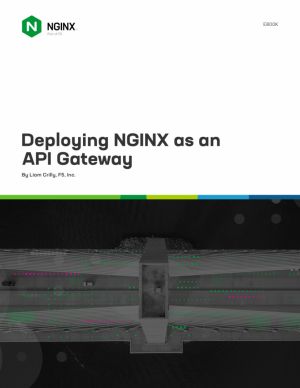
In this eBook, we tell you how to take an existing NGINX Open Source or F5 NGINX Plus configuration and extend it to manage API traffic as well. When you use NGINX for API management, you tap into the high performance, reliability, robust community support, and expert professional support (for NGINX Plus customers) that NGINX is famous for.
With...
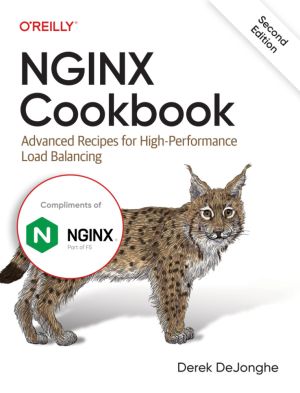
NGINX is one of the most widely used web servers available today, in part because of itscapabilities as a load balancer and reverse proxy server for HTTP and other network protocols. This revised cookbook provides easy-to-follow examples of real-world problems in application delivery. Practical recipes help you set up and use either the open source...
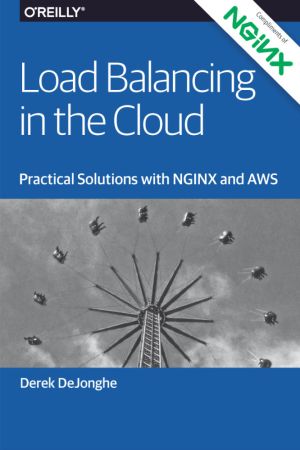
Use of redundant servers has long been a solution for meeting sudden spikes in demand, machine failures, and outages. Cloud services greatly reduce the cost and hassle of provisioning redundant equipment and load balancers and give you the ability to deal with separate network, application, and client-side loads. But today there are many options to...
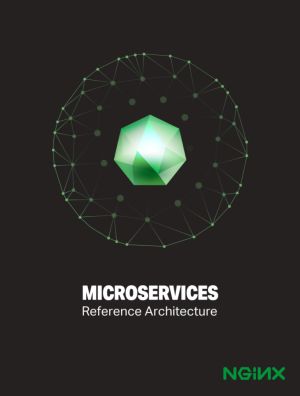
The move to microservices is a seismic shift in web application development and delivery. Because we believe moving to microservices is crucial to the success of our customers, we at NGINX have launched a dedicated program to develop NGINX software features and development practices in support of microservices.
We also recognize that there are m...
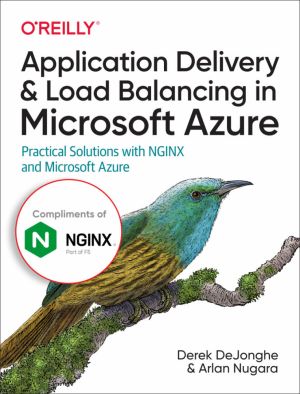
With more and more companies moving on-premises applications to the cloud, software and cloud solution architects alike are busy investigating ways to improve load balancing, performance, security, and high availability for workloads. This practical book describes Microsoft Azure's load balancing options and explains how NGINX can contribute t...
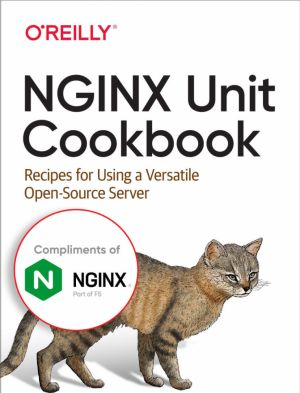
Alongside its popular web server, NGINX provides a dynamic application server that supports configuration through a RESTful JSON API. The open source NGINX Unit server deploys configuration changes without service disruptions and runs apps built with multiple languages and frameworks. This updated cookbook shows developers, DevOps personnel, networ...
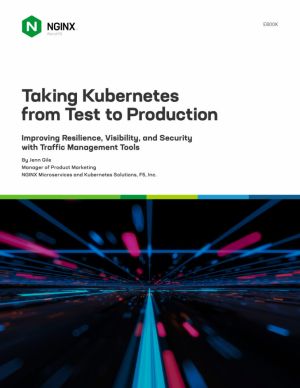
With Kubernetes came many new concepts, particularly around networking and traffic management. Alongside these new concepts were entirely new classes of tools, designed for ephemeral, containerized, and distributed application deployments. In particular, Ingress controllers and service meshes did not exist prior to the Kubernetes era. Nor were Laye...
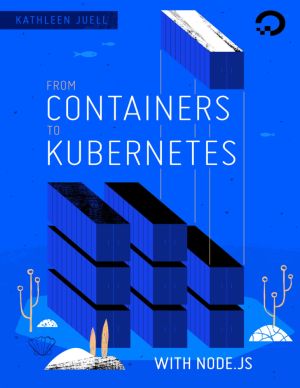
This book is designed as an introduction to containers and Kubernetes by way of Node.js. Containers are the basis for distributed, repeatable workflows with orchestrators such as Kubernetes, and they allow developers and operators to develop applications consistently across environments and deploy in a repeatable and predictable fashion.
The exa...
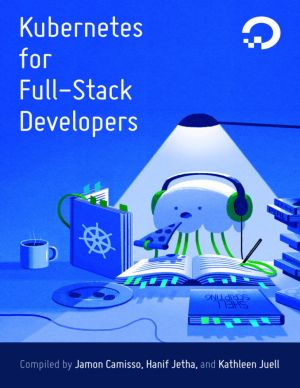
Whether you're just curious, getting started with Kubernetes, or have experience with it, this curriculum will help you learn more about Kubernetes and running containerized applications. You'll learn about core Kubernetes concepts and use them to deploy and scale applications in practical tutorials. By the end of this curriculum you'...
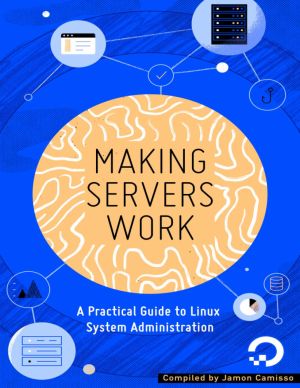
This book highlights practical sysadmin skills, common architectures that you'll encounter, and best practices that apply to automating and running systems at any scale, from one laptop or server to 1,000 or more. It is intended to help orient you within the discipline, and hopefully encourages you to learn more about system administration....
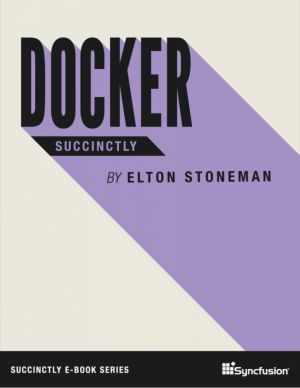
Containers have revolutionized software development, allowing developers to bundle their applications with everything they need, from the operating system up, into a single package. Docker is one of the most popular platforms for containers, allowing them to be hosted on-premises or on the cloud, and to run on Linux, Windows, and Mac machines. With...

This open book is an introduction to React that works from the foundations upward. Each chapter takes you a little deeper into the React ecosystem, building on your previous knowledge. Along the way, you'll learn how to maintain internal state, pass information between parts of an application, and explore different options for styling your app...
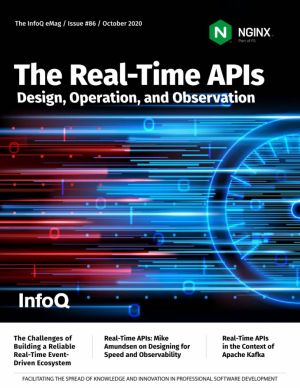
Application Programming Interfaces (APIs) are seemingly everywhere. Thanks to the popularity of web-based products, cloud-based X-as-a-service offerings, and IoT, it is becoming increasingly important for engineers to understand all aspects of APIs, from design, to building, to operation.
Research shows that there is increasing demand for near r...
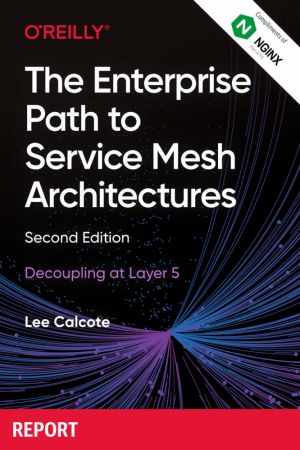
Planning to build a microservice-driven cloud native application or looking to modernize existing application services? Consider using a service mesh. A service mesh approach can help you create robust and scalable applications, but it also introduces new challenges. This updated report answers common questions regarding service mesh architectures ...
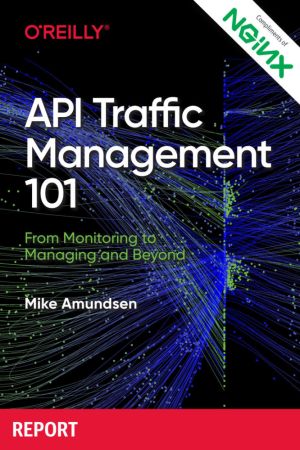
The aim of this short book is to introduce the general themes, challenges, and opportunities in the world of managing API traffic. Most of the examples and recommendations come from my own experience (or that of colleagues) while working with customers, ranging from small local startups to global enterprises.
This book is for those just getting ...
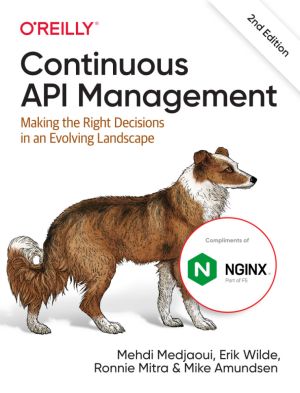
A lot of work is required to release an API, but the effort doesn't always pay off. Overplanning before an API matures is a wasted investment, while underplanning can lead to disaster. The second edition of this book provides maturity models for individual APIs and multi-API landscapes to help you invest the right human and company resources f...
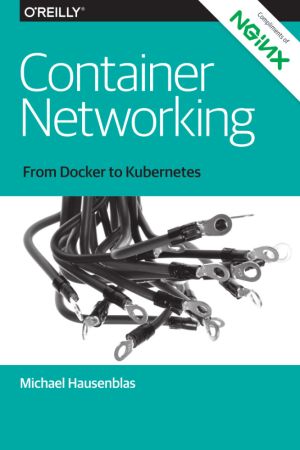
When you start building your first containerized application, you're excited about the capabilities and opportunities you encounter: it runs the same in dev and in prod, it's straightforward to put together a container image using Docker, and the distribution is taken care of by a container registry.
So, you're satisfied with how ...
